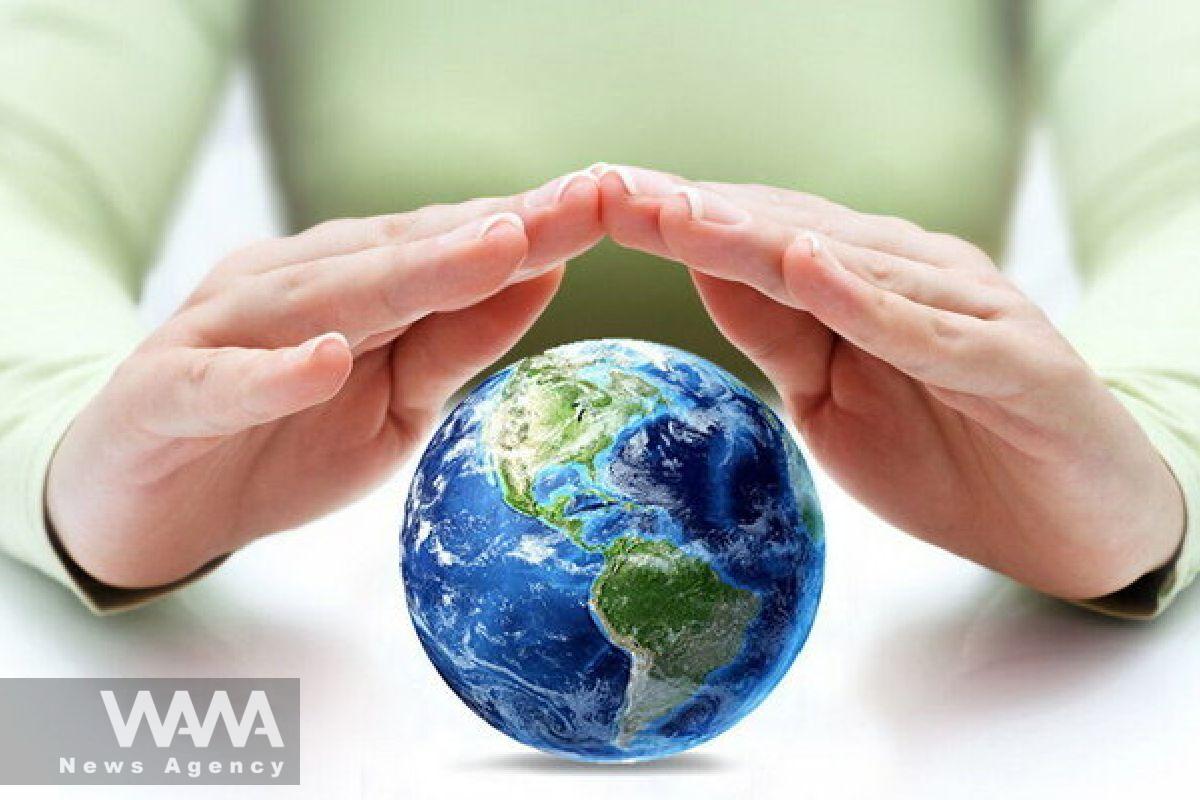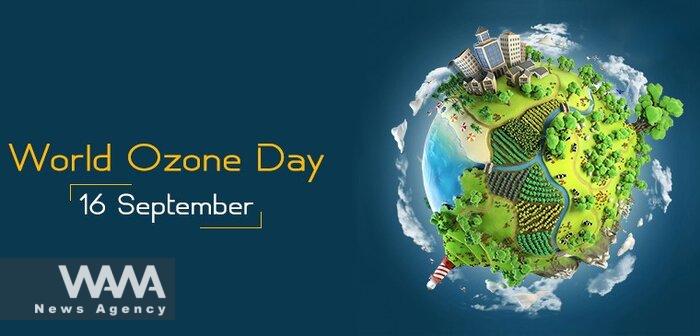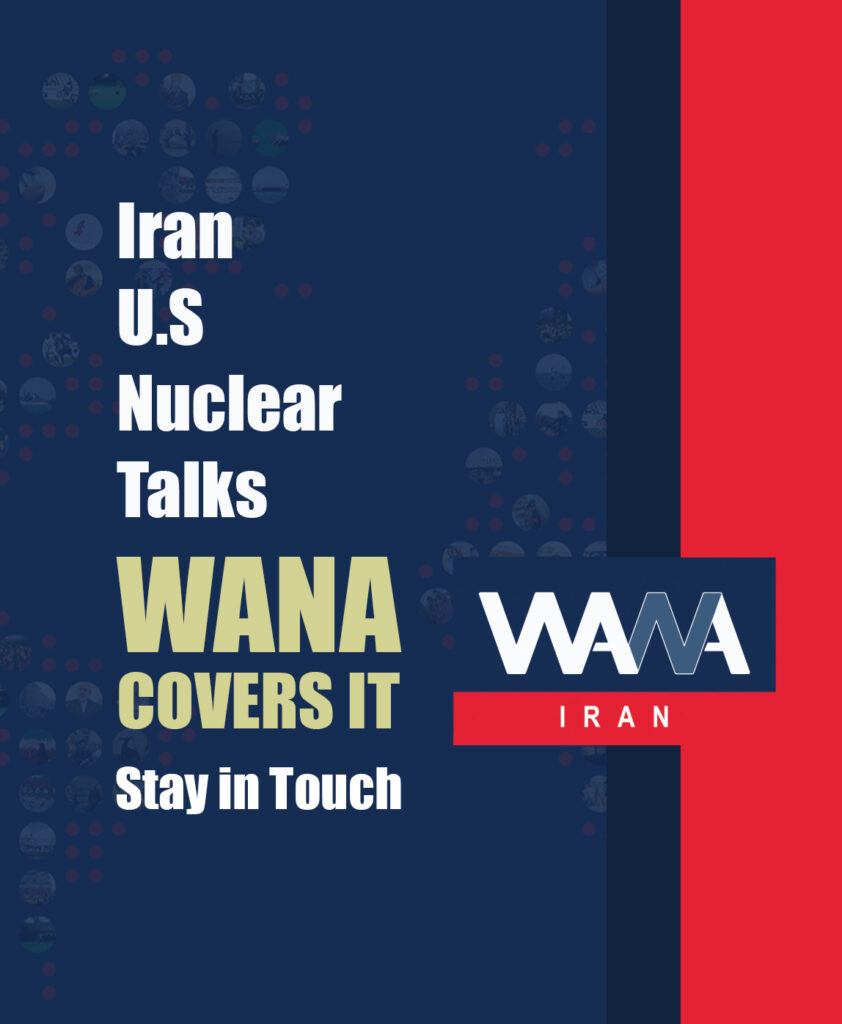Iran Removed Over 9,000 Tons of Ozone-Depleting Substances
WANA (Sep 16) – The ozone layer, serving as Earth’s protective shield, has been damaged for several years. Countries have taken measures under the Montreal Protocol to mitigate this damage.
Iran has successfully decommissioned 1,378 production units, repair facilities, and equipment harmful to the ozone layer and eliminated approximately 9,800 tons of ozone-depleting substances. For these efforts, Iran has received numerous commendations from international organizations.
Ozone layer depletion allows harmful solar radiation to reach the Earth’s surface, accelerating global warming. Scientists warn that global warming could delay efforts to repair the ozone hole, which is projected to be completed by 2050 in about 30 years.
Moreover, harmful rays are detrimental to human health. The ozone layer acts as a protective shield that guards Earth from harmful solar radiation, ensuring living organisms’ survival. However, this protective layer has been damaged due to unchecked industrial activities in recent decades.
In the early 1970s, researchers discovered that chlorofluorocarbons (CFCs), used in refrigerators, aerosols, and cleaning agents, contributed to the destruction of the ozone layer and allowed harmful ultraviolet radiation to reach Earth.
In 1985, a hole in the ozone layer above Antarctica was discovered, growing larger and deeper each year. This issue led 28 countries to gather in Vienna that same year to take measures to protect the ozone layer.
In 1987, 46 countries participated in adopting the Montreal Protocol, which focused on identifying ozone-depleting substances and reducing their emissions. Iran joined the protocol in 1988.
In 1994, the United Nations General Assembly designated September 16 as the International Day for the Preservation of the Ozone Layer to emphasize the importance of protecting this layer.
According to the Montreal Protocol, developed countries were required to cease the production of ozone-depleting substances (such as CFCs, halons, and carbon tetrachloride) by the year 2000 and to support developing countries financially and technically.
Developing countries, in turn, were to stop using these substances by 2010. Studies show that the ozone layer has largely recovered.

In line with the expansion of the Montreal Protocol, in 2016, representatives from 200 countries met in Kigali, Rwanda, to sign an agreement to gradually reduce greenhouse gases under an amendment to the Montreal Protocol.
This amendment is now in effect, and as of April 2024, 159 countries have joined it. Iran also approved this amendment in June of this year and is currently undergoing the legal process.
The Kigali Agreement divided countries into three groups. Industrialized countries are required to reduce their use of hydrofluorocarbons by 10% by 2019 and by 85% by 2036. Iran has made significant efforts to reduce ozone-depleting gases and has been globally recognized for eliminating 9,800 tons of these substances.
Maryam Hassani, a senior expert at the Ozone Protection Office of the Department of Environment of Iran, announced that the organization’s achievements in eliminating ozone-depleting gases are carried out in five areas: physical removal of substances, production line changes, enforcement of regulations, public education, and monitoring and oversight, including regional and international actions.
In Iran, 1,378 production units have been equipped with ozone-friendly technologies, and approximately 9,800 tons of harmful substances have been removed.
Additionally, a project to eliminate hydrochlorofluorocarbons is underway, with its second phase continuing until the end of 2024. The goal is to remove an additional 2,124 tons of ozone-depleting gases.
Hassani said that regulations have been implemented, including a quota system, permits for ozone-depleting substances, and the banning of cooling systems based on these substances. Additionally, workshops are held in collaboration with various organizations for training purposes. Monitoring and oversight of factories and participation in international meetings are also part of the activities.
She stated: “Overall, we have eliminated chlorofluorocarbons, halons, carbon tetrachloride, methyl chloroform, and in the case of non-quarantine pests, methyl bromide. By 2020, we were tasked with eliminating 35% of hydrochlorofluorocarbons, and we managed to eliminate much more than that. Our commitment is to eliminate about 67.5% of hydrochlorofluorocarbons by the end of 2024 and to eliminate them by 2030.”
The senior expert in the regulations section of the Ozone Protection Office added: “The Kigali Amendment was adopted in 2016 and is now in effect. As of April 2024, approximately 159 countries have joined this amendment. Iran also approved the amendment in June of this year at the cabinet level and is currently going through the legal and parliamentary approval process.”
She stated: “2028 will be the year of stabilizing HFC consumption, with a 10% reduction expected by 2032. By 2047, if we agree, we commit to reducing these substances by 85%.”
She said: “HFCs are used in industries such as air conditioning systems, chillers, household and commercial coolers, and automobiles.”
Hassani stated: “The Montreal Protocol is one of the most successful environmental protocols with the highest level of country participation. The Kigali Amendment, adopted in 2016, has seen most countries join, and Iran is also completing its requirements.”
Regarding Iran’s global ranking in eliminating ozone-depleting gases, she said: “Iran has a strong position in this area. Over the years, we have received several commendations from the Ozone Secretariat and the United Nations Environment Programme. With the completion of Phase 2 of the hydrochlorofluorocarbon elimination program by the end of 2024, 2,124 tons of ozone-depleting substances will be removed.”













